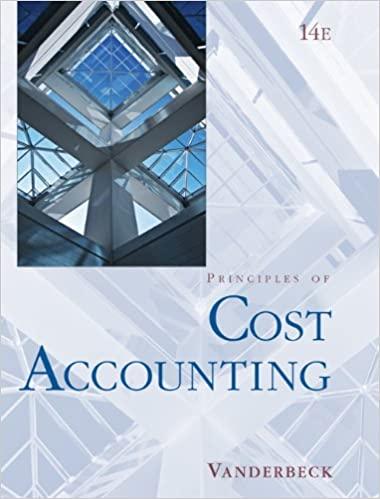Answered step by step
Verified Expert Solution
Question
1 Approved Answer
Discussion Topic There is a growing gap between the theoretical concepts taught in a classroom and the real-world information that is required to successfully perform
Discussion Topic There is a growing gap between the theoretical concepts taught in a classroom and the real-world information that is required to successfully perform basic job functions within a professional organization. Often, many classes within a business school curriculum generally, and within the field of accounting specifically, teach complicated applied subjects (such as taxation) in a theoretical manner. However, case studies have been shown to be effective at conveying complex, complicated material in an understandable way, and to facilitate informative classroom discussion that is on point, and to present students with a glimpse into real world decision-making (Kunselman and Johnson, 2004). This case study, and others like it, seek to transform the theoretical concepts discussed in textbooks into applied knowledge that students can take with them into the real world. The goal in this particular case study is for students to feel as if they have have a small glimpse into the type of thinking that is required in order to successfully apply the book knowledge of certain tax concepts that they have acquired to real life situations. 1. Assume that you are the tax partner who interviewed Dale, which type of business entity would you recommend that he use? Why? Explain the advantages and disadvantages of each of the possible ways to organize the business using Dale's list of priorities. 2. Giving appropriate consideration to the recommendations made in Question 1, what type of capital financing structure would you recommend for Dale to use to reach his goals now and in the future? Explain the advantages and disadvantages of each possible capital financing option, give specific attention to the tax advantages and disadvantages. Journal of Business Cases and Applications Volume 13, January, 2015 Tax-planning for corporate, Page 4 3. Assume that you gave Dale your advice from Questions 1 and 2 in person. Knowing the importance of the advice you are giving him, draft a professional letter that sets out the important highlights of your advice. Assume that you are the tax partner who interviewed Dale, which type of business entity would you recommend that he use? Why? Explain the advantages and disadvantages of each of the possible ways to organize the business using Dale's list of priorities. Dale Dawkins - Week 3 Case Study.docx ...


Step by Step Solution
There are 3 Steps involved in it
Step: 1

Get Instant Access to Expert-Tailored Solutions
See step-by-step solutions with expert insights and AI powered tools for academic success
Step: 2

Step: 3

Ace Your Homework with AI
Get the answers you need in no time with our AI-driven, step-by-step assistance
Get Started


